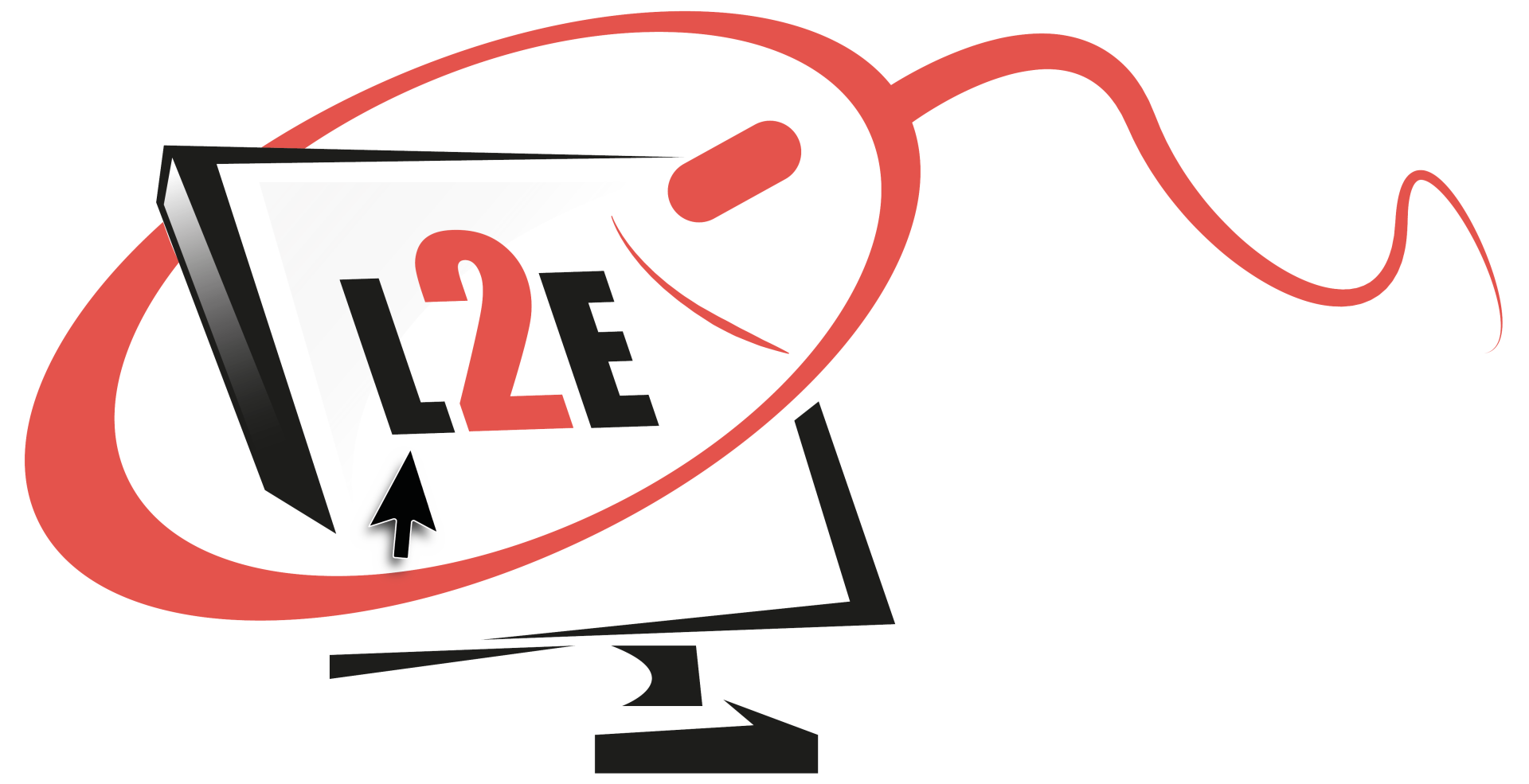by Cheryl Powell, CEO of Learn2Engage
Day 1:
Fill out stack of 3 inch high HR paperwork (by hand) (finished in 1 hour, sat alone in cubicle for 3 hours smiling at the people walking by. I was trying to remember the names of those who introduced themselves while answering the same questions over and over. “Yes, IT knew I was coming for weeks. Nope, I don’t have a phone or computer yet”.)
1 hour lunch (sitting alone in the cafeteria reading my book)
1 hour tour of facility with new supervisor and introductions to key people in the office (most of whom were not on my immediate team or even in my department)
3 hours of more sitting until quitting time…reviewing employee manuals and other guides, smiling at the people walking by my cubicle. Still no word from IT.
On the bright side, the break room was stocked with snacks and coffee — a Keurig machine to be exact— and it was delicious.
Day 2:
Invitation to join in on meetings involving projects I would be working on. (3 hours back-to-back and I had no idea what was being discussed, but took avid notes)
1 hour lunch (this time in my car)
2 hours sitting with a team member watching them work, listening to stories of their family, looking at pictures of their kids, and getting up-to-speed with the office politics and gossip.
1 hour watching IT set up the phone and computer at my desk.
1 hour trying to log in and set up email and record voicemail greeting.
Day 3:
More of the same for the next TWO WEEKS while they figure out where to put me and what to have me work on to get started.

The point is on boarding is NO LAUGHING MATTER. The process I was subjected to was non-productive, way too long and grueling. Believe it or not, many companies today still have no idea what to do with new employees when they come on board.
I recall one food and beverage company had a blended eLearning program that lasted for three days and included eLearning modules about the background of the company, the top leaders, and the department breakdown, all the policies and procedures in pdf’s to read, and then ended with assessments that you had to pass by 80% after each module. However, the cartoon animations and in-house recorded audio narrations were about ten years out-of-date and very unprofessional. So, for me, it was a humorous and very entertaining onboarding experience, because I laughed the entire time. (It was a work-from-home position, so I had that luxury.)
On a serious note, I believe certain cultures may have found these modules insulting and even offensive…with animated Asian, Indian, and Hispanic office characters with horrific, muffled accents, which sounded like they had employees record the voices in the back supply room.
Diversity is great, but you have to be careful with how characters are represented in your training. And if you are going to create an eLearning program, set aside the funds to outsource professional voice talents.
TUNE IN FOR PART TWO LATER THIS WEEK WHEN WE DISCUSS HOW TO KEEP NEW EMPLOYEES ENGAGED DURING ON BOARDING…
About the Author
Cheryl Powell, CEO of GC Learning Services LLC dba Learn2Engage, is in her 22nd year as a Virtual Instructional Design and e-Learning Specialist, with clients all over the US and overseas.
Her industry experience includes Telecommunications, Finance (Mortgage, Banking and Credit industry), Sales, Pharmaceutical, Media, Software Development, and many more. Most of the requested corporate topics revolve around employee development, with topics such as Corporate Compliance, Cultural Diversity, Workplace Ethics, Sexual Harassment and Labor Laws and other HR New Hire topics.
She holds a Bachelor of Science in Business Management, a graduate certification in Project Management, and a Master of Science degree in IT Project Management and has studied the Adult Learning principles of experts and theorists such as Gagne’s (nine events), Maslow’s (hierarchy of needs), and Dr. Ruth Clark, to ensure her courses, presentations, storyboards and modules, engage the learner, utilize the proper balance of white space, text and graphics, and result in high Learner Retention rates.

